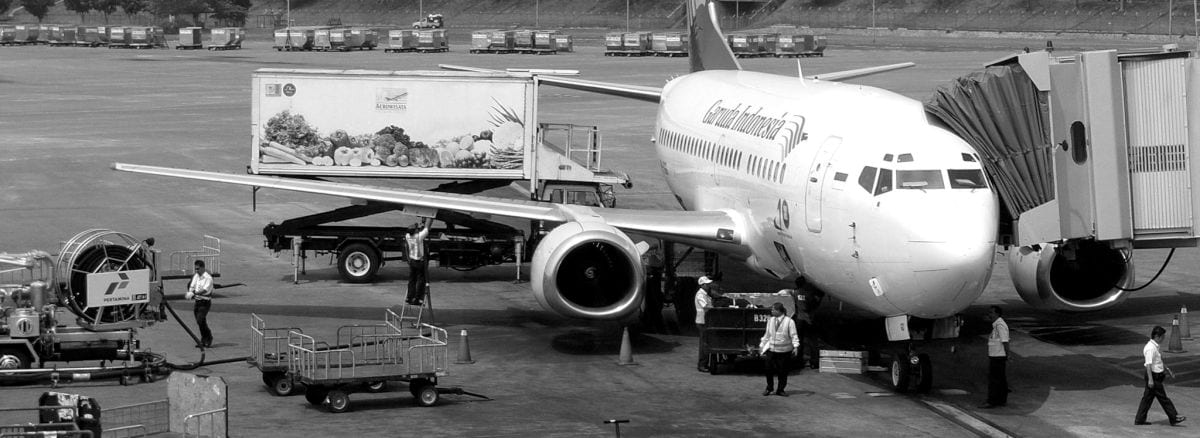What Southeast Asian Studies Could Learn from Japan
By Truston Yu (Picture: CSEAS Kyoto University)
The Center for Southeast Asian Studies (CSEAS) at Kyoto University could be seen as the pinnacle of Southeast Asian Studies in Japanese scholarship. During my exchange semester in Japan, I had the opportunity of visiting the Center on three different occasions, speaking to the Director, and attending an academic conference. From multidisciplinary to interdisciplinary and now transdisciplinary, the CSEAS ethos completely transformed my understanding of the discipline. This article looks into the work of one of the most renowned institutions in this field, drawing lessons from Japanese academia for Southeast Asian Studies.
The Kyoto University Center for Southeast Asian Studies (CSEAS) has its origins in a 1950s seminar series on research in Southeast Asia and was officially established in 1963. CSEAS prides itself on three principles: emphasis on long-term fieldwork conducted in local languages, interdisciplinarity, and “research agendas defined by local contemporary issues.”
Academia in Japan as a whole has been renowned for its excellence in Area Studies. Western institutions, such as Berkeley, required students of Chinese studies to learn the Japanese language in order to tap into the rich literature in this field. In the Western tradition, area studies tend to focus on the political and economic side of the region. CSEAS has a much more holistic perspective, which includes natural science and even medical science.
In a working paper published by CSEAS titled Bridging the Disciplinary Divide: 50 years of Research at the Center for Southeast Asian Studies, it is said that Japan’s study of Southeast Asia is not free from a Japanese “ancestral sin” known as the Southern Expansion Doctrine (Nanshin-ron) in the early years following the Meiji restoration. In this sense, Japanese scholarship could be seen as being motivated by Japan’s expansionist ambitions at that time. Agricultural research projects were conducted in newly acquired territories for the purposes of higher yields with cash crops. It is this experience that shaped Japanese area studies to be more diverse than its Western counterparts. Since the 1960s in the early years of CSEAS, they have already featured a host of diverse disciplines broadly grouped under humanities, social sciences, and natural sciences.
Despite the connection with imperialism in its early origins, Japanese literature on Southeast Asia has been and continues to be a great contributor towards our understanding of this region in different dimensions. Interdisciplinarity is an increasingly popular paradigm for understanding the world, and this is reflected in the way research is conducted at Kyoto University. Students would have at least two supervisors whose expertise is in different disciplines, and such an arrangement would allow for more nuances in research outputs.
In 2017, CSEAS launched a new initiative called the Japan-ASEAN Platform for Transdisciplinary Studies. Transdisciplinarity, as explained by CSEAS, is the idea of breaking the barriers separating academic and non-academic stakeholders. Compared to more theoretical disciplines, area studies have a more practical application as its fundamental purpose is to inform people about a particular region such that they could devise better policies. This is especially true for the various studies on Southeast Asia conducted by external parties, such as Europe in the colonial period, the United States during the Cold War, and now many more institutions around the world, given the rise of ASEAN. Much of their research output was intended to enable policymakers to engage Southeast Asia more effectively. In addition to involving the governmental, private, and civil sectors, CSEAS also works closely with local Southeast Asian researchers. In a way, CSEAS is playing a role in the notion of “bringing Southeast Asian Studies back to Southeast Asia”.
CSEAS Kyoto has become a household name for those with decent exposure to Southeast Asian Studies. In this case, why is Japanese scholarship in this region often overshadowed by its Western counterparts? The working paper suggested that it is not for lack of writings published in English, but rather “a persistent hierarchy in knowledge production that privileges both writing and publication in an Anglo-American continuum”.
To create synergy for the Asian perspective in Southeast Asian Studies, CSEAS led the establishment of the Consortium for Southeast Asian Studies in Asia (SEASIA) in 2013. The charter was signed by various regional universities, including the National University of Singapore, University of the Philippines, and Universiti Brunei Darussalam. The Consortium seeks to connect scholars and stakeholders from the region, fostering exchanges on a wide variety of topics. In some sense, this is an antidote to criticisms of Southeast Asian Studies as being affected by Orientalist perspectives.
Southeast Asian Studies in Southeast Asia is much closer to the ground, and local scholars research institutions are thus even more well-placed than those based in Japan and the West. While external parties like China or the United States only require research insights insofar as they are relevant to specific engagements such as trade or security, Southeast Asia needs to have a comprehensive understanding of itself in relation to the goals of greater regional integration. Area studies must transcend the boundaries of social sciences or humanities; Multidisciplinarity, interdisciplinarity, and transdisciplinarity should be the aspiration for researchers of Southeast Asian Studies in the region.
Truston Yu is a research assistant at the University of Hong Kong. Their research interests include Southeast Asian Studies and its manifestations. They could be reached at their e-mail: trustonyuofficial@gmail.com


